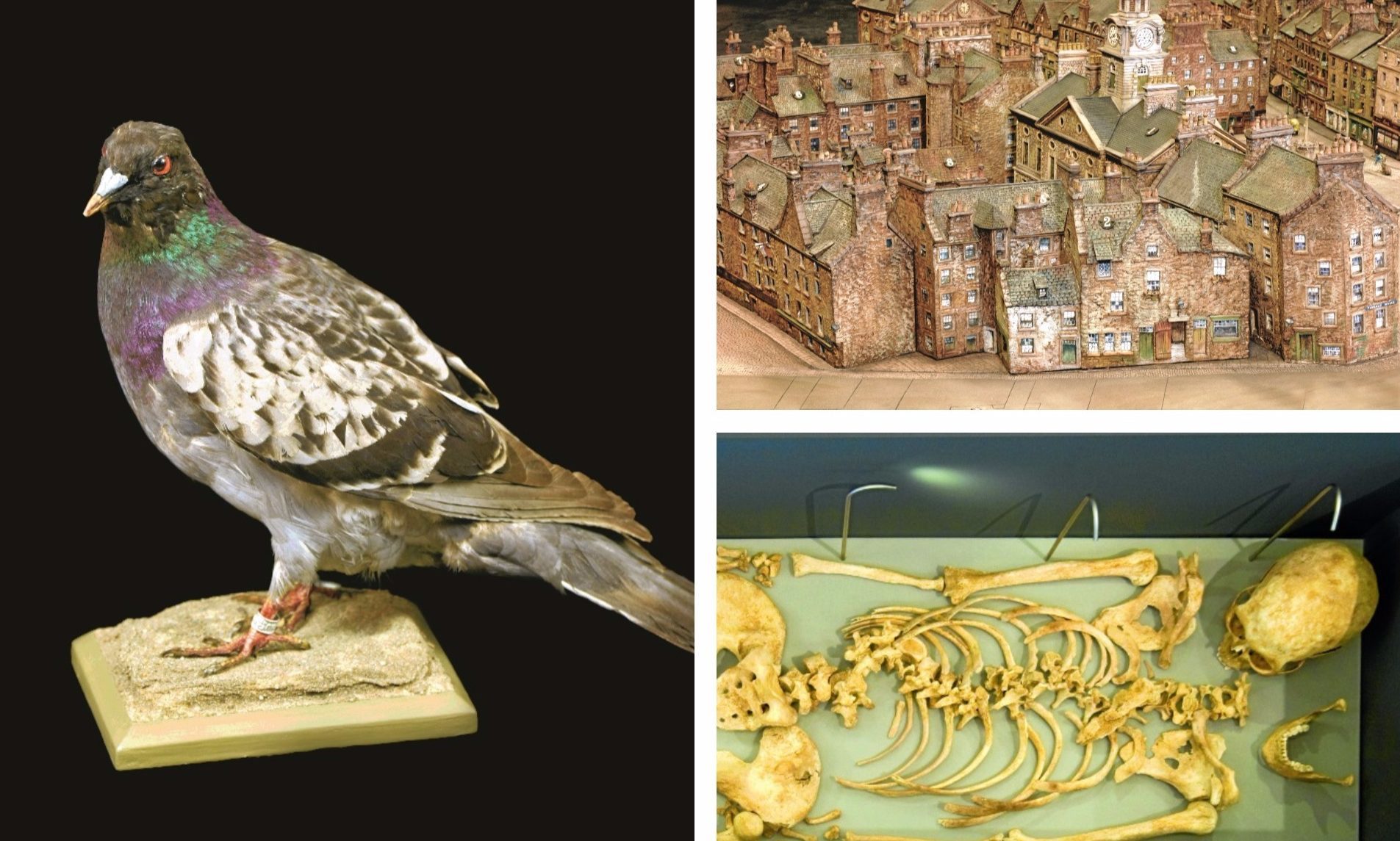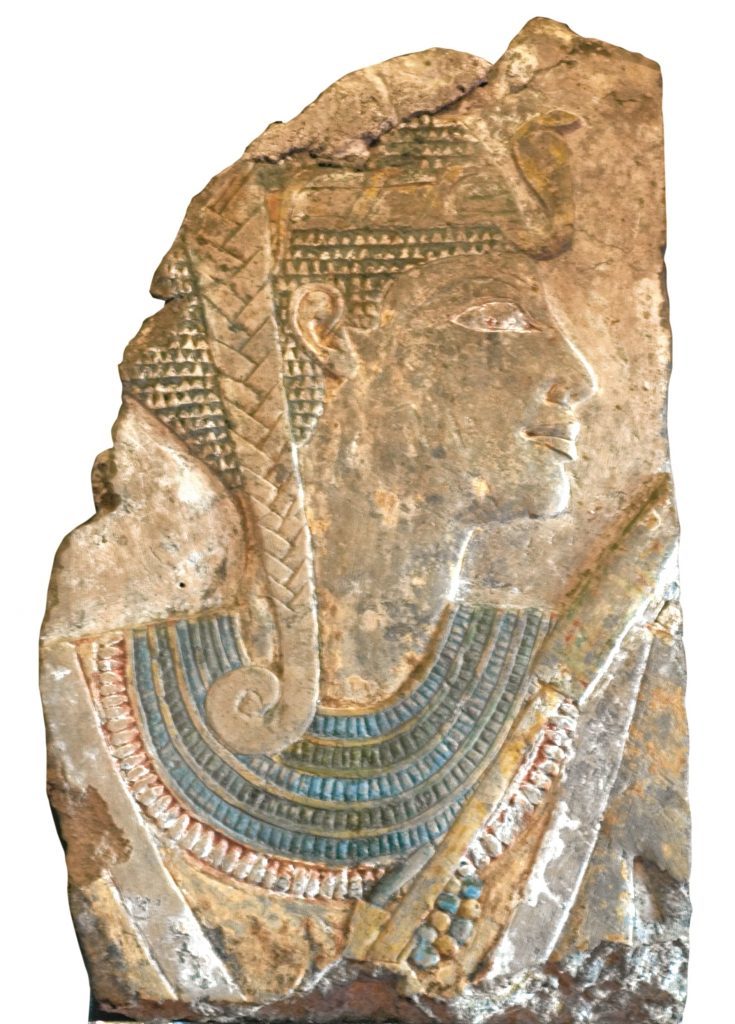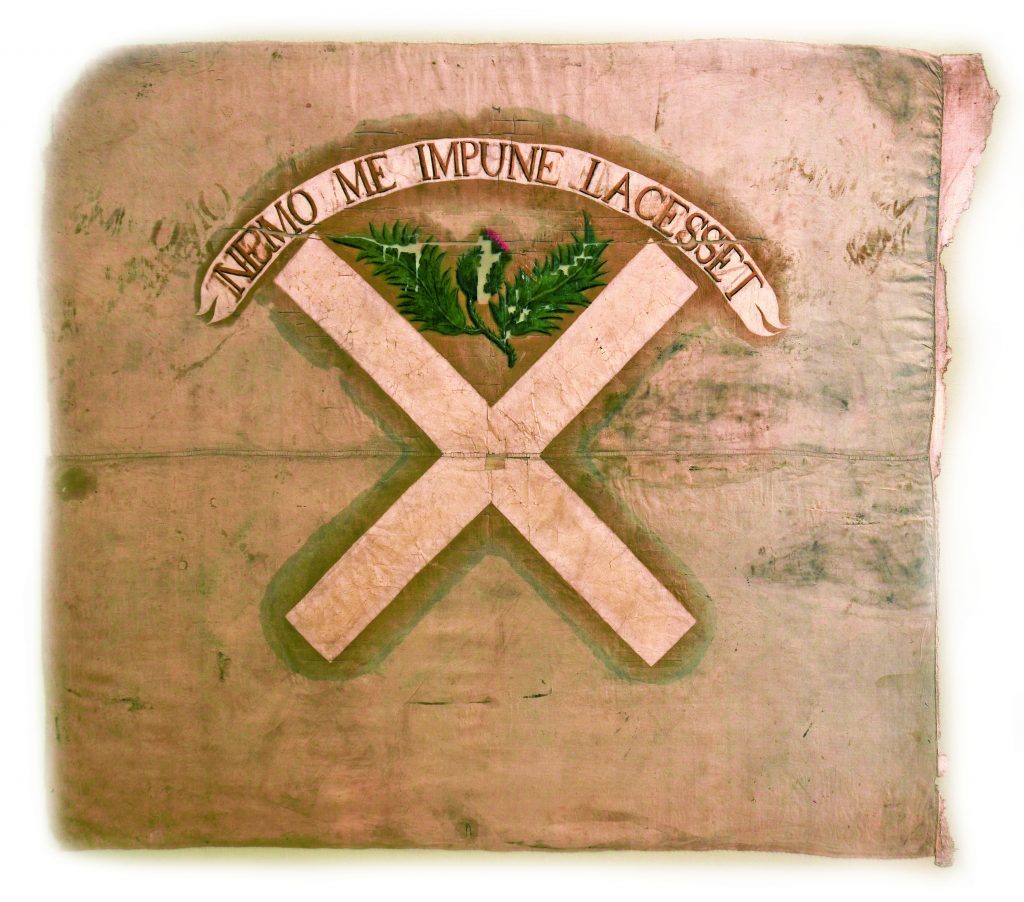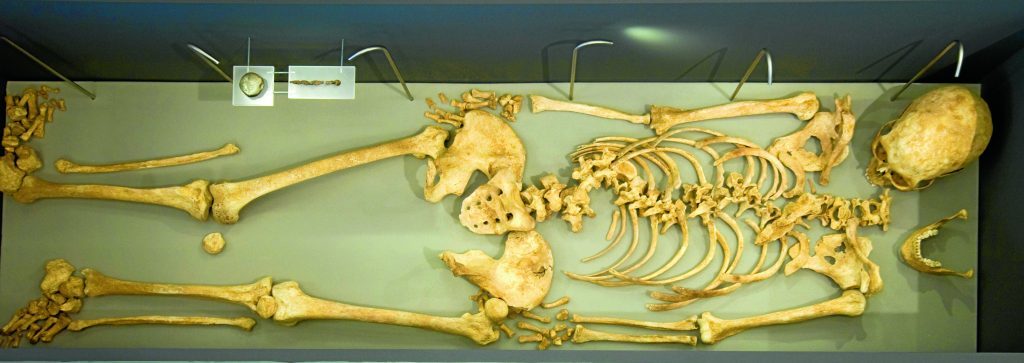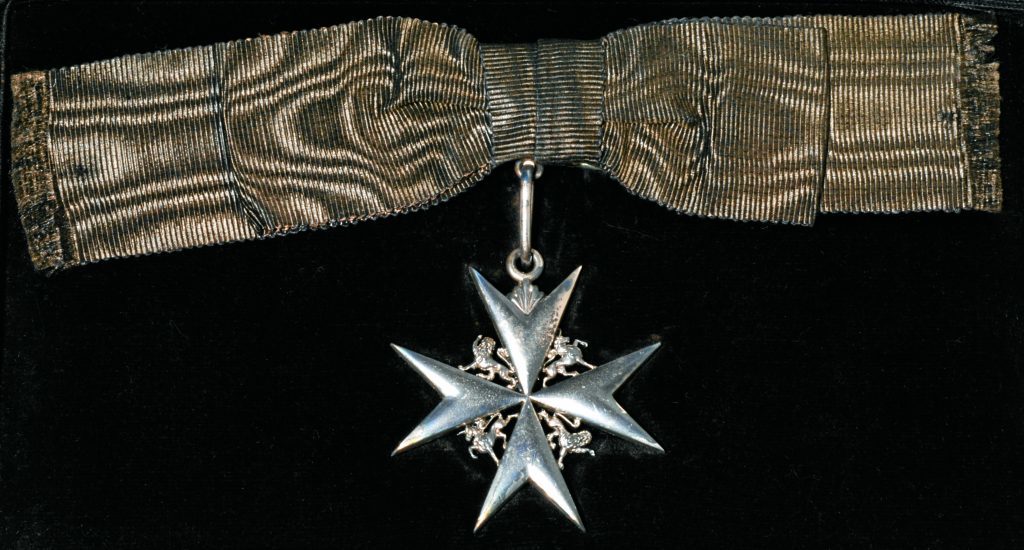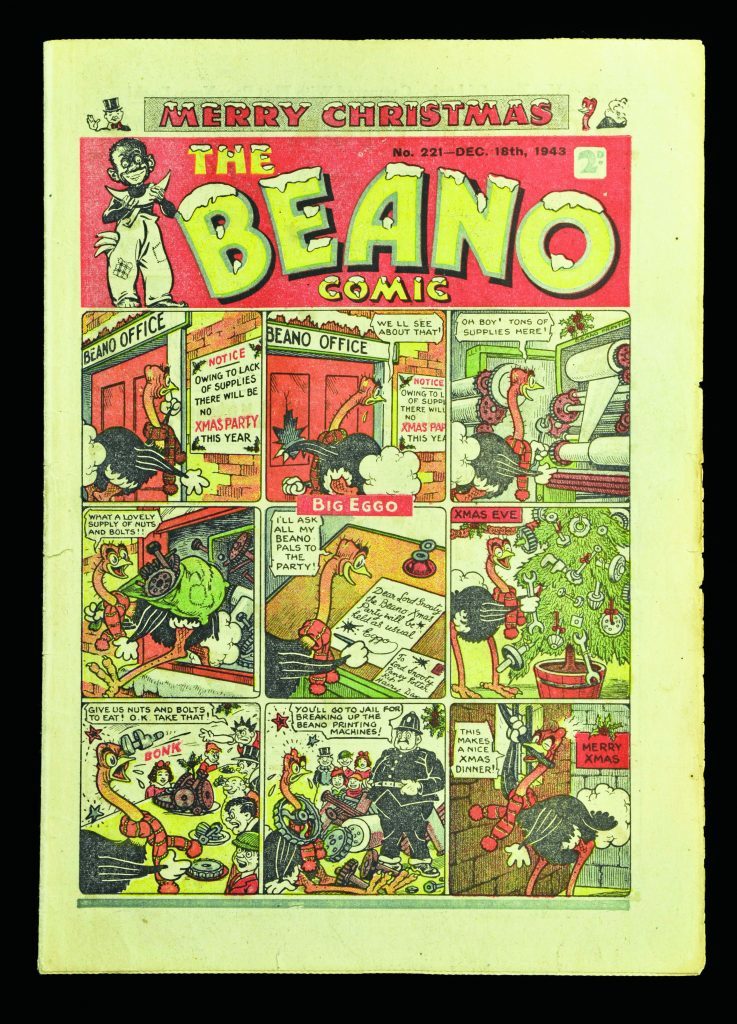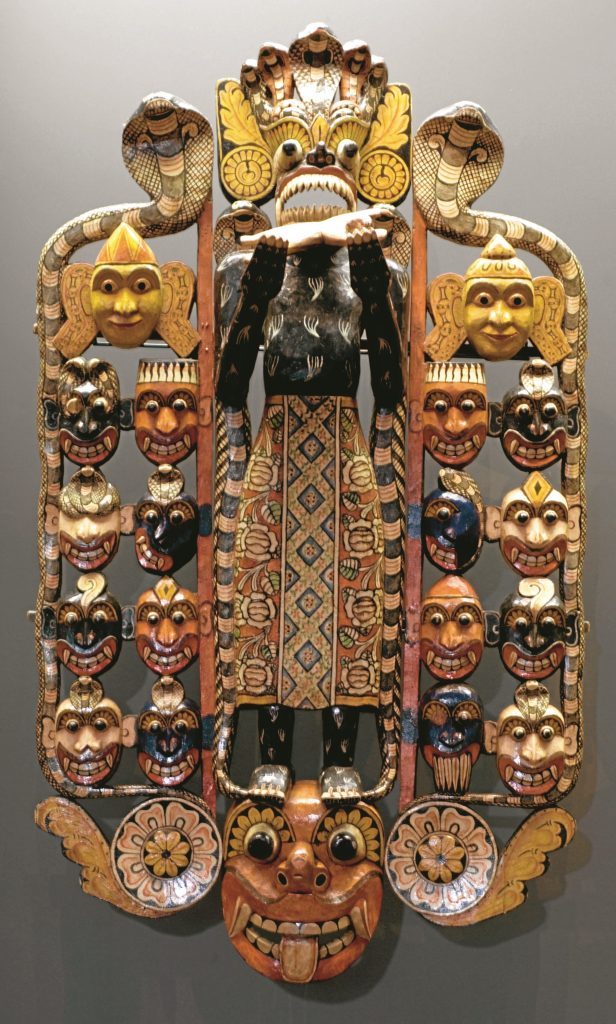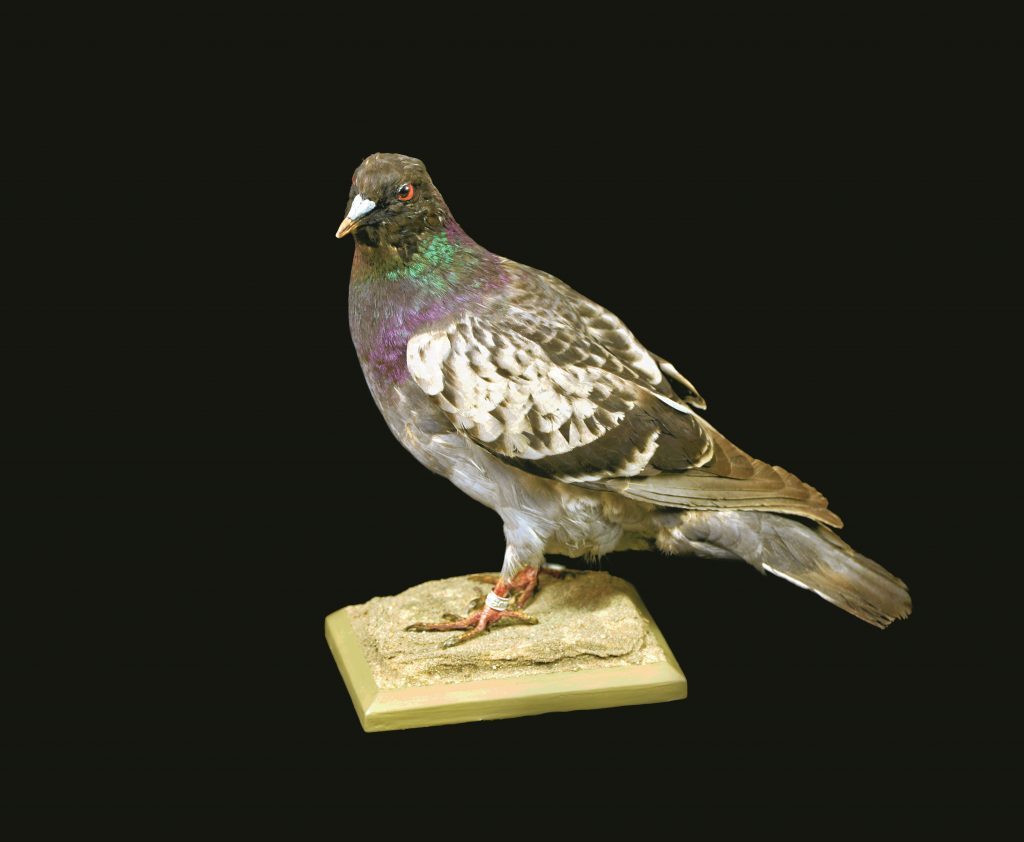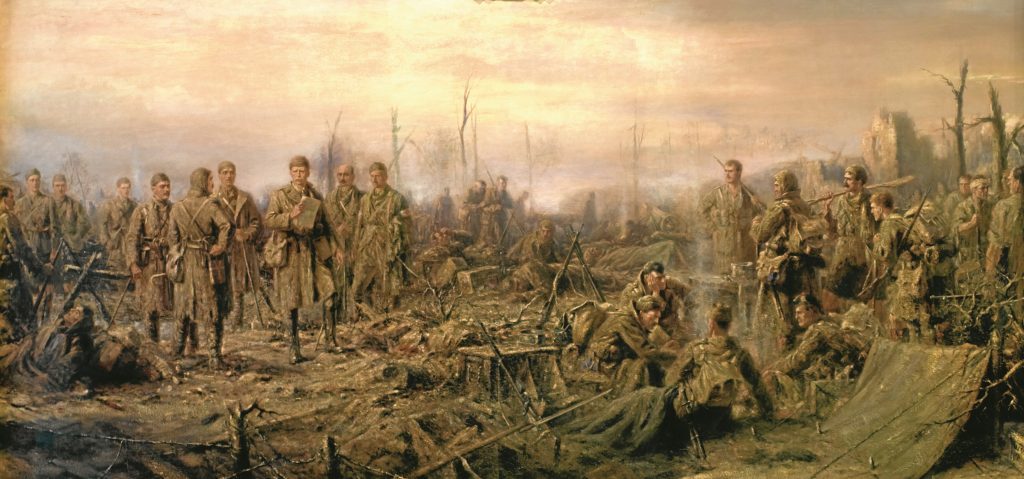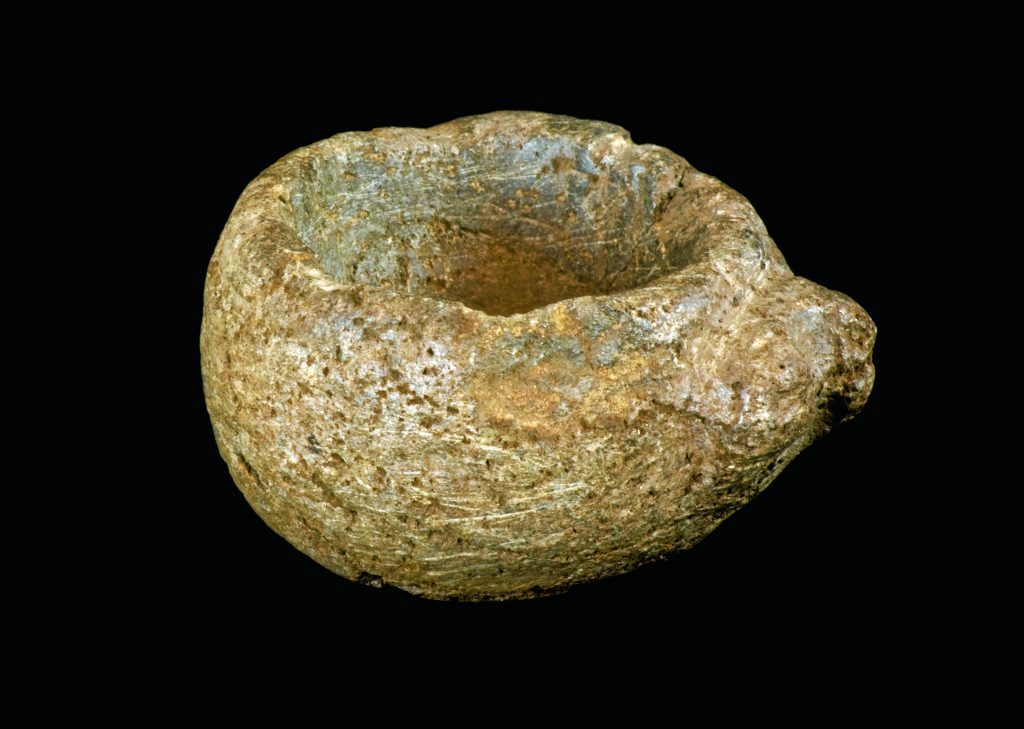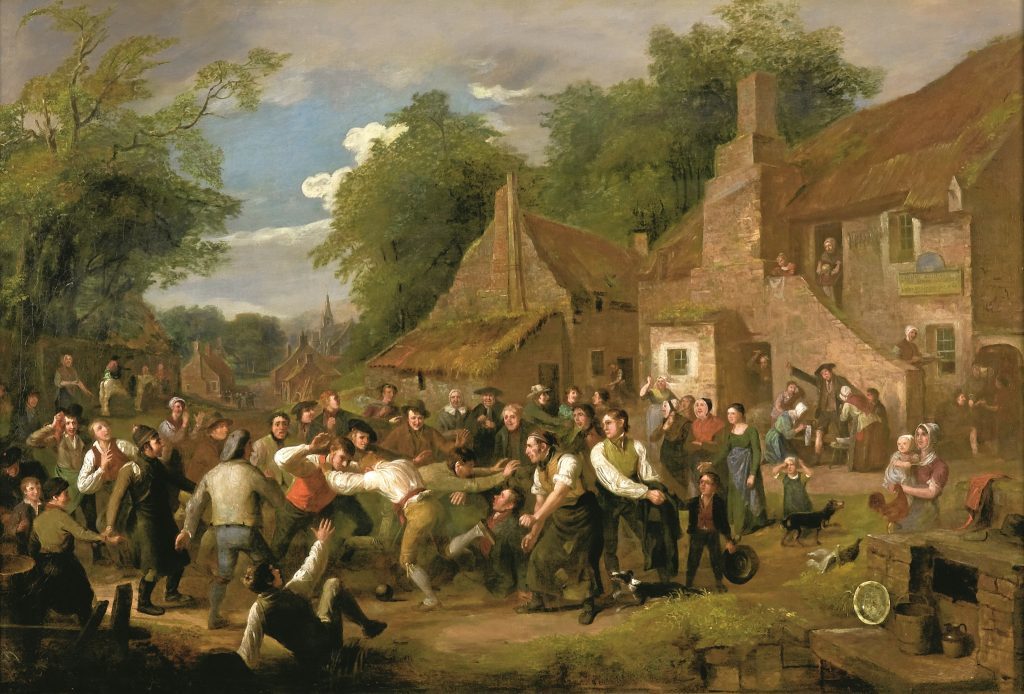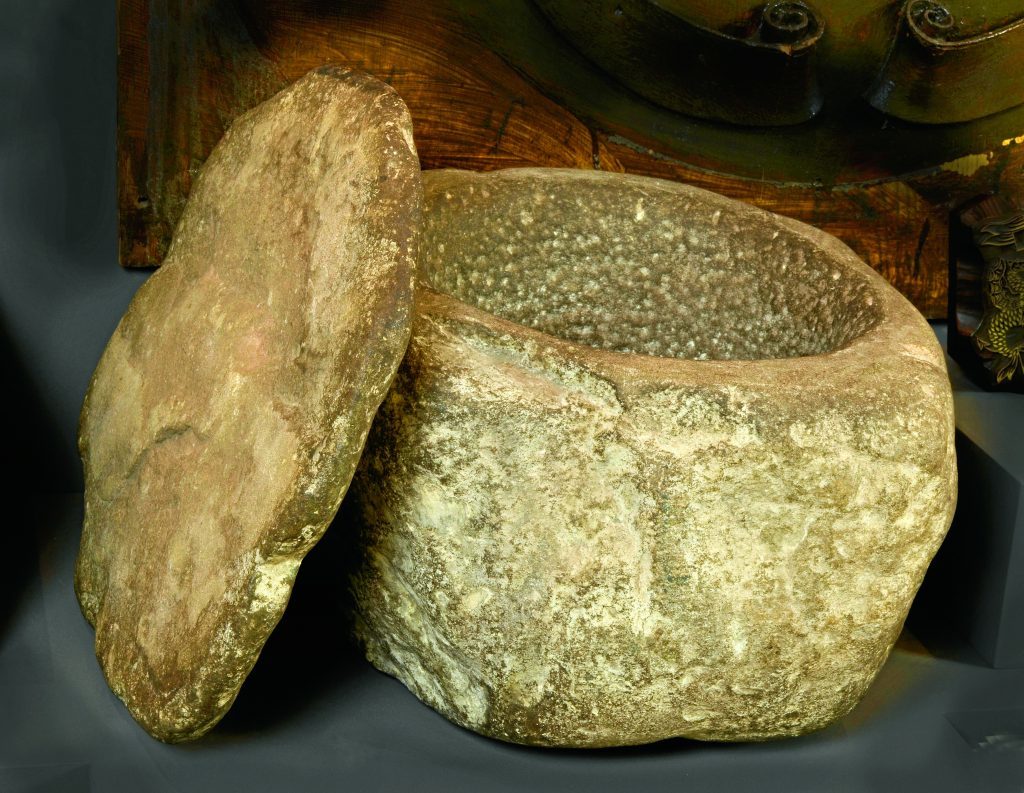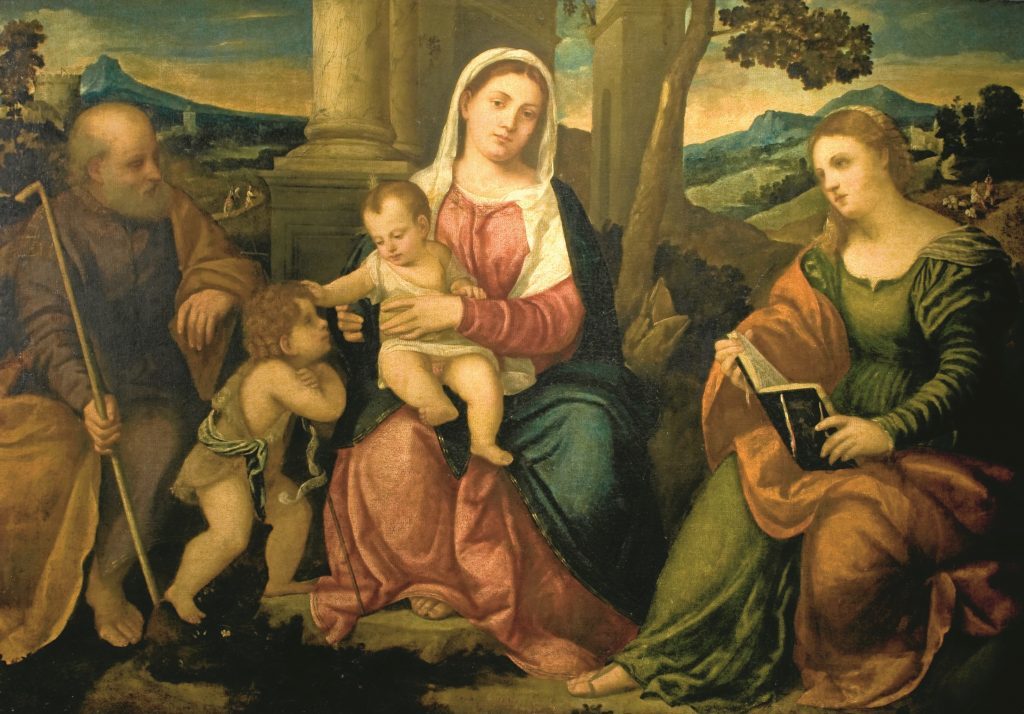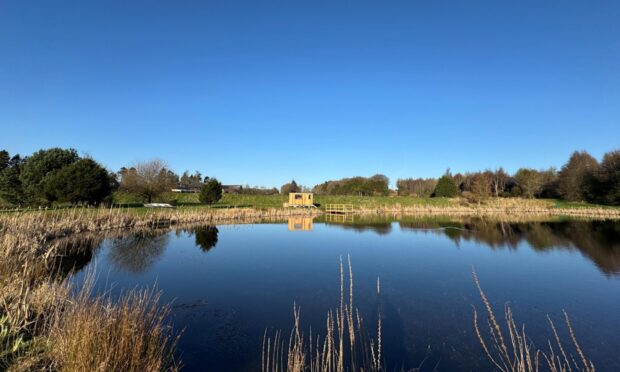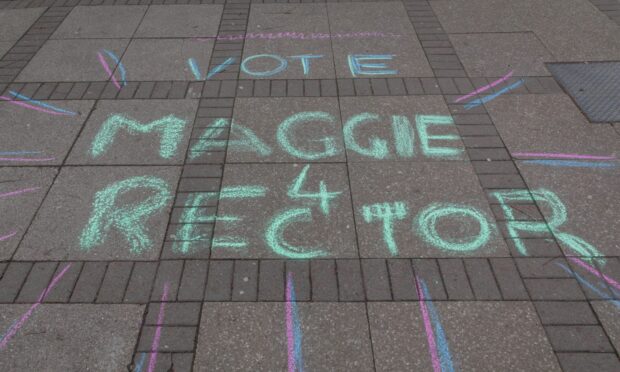With Dundee’s art gallery and museum The McManus celebrating its 150th anniversary today, we’ve picked out some of the most beguiling items in its collection.
The building itself is a fascinating piece of local history. Officially opened in 1867 as the Albert Institute, it was the grandest memorial to Queen Victoria’s husband outside of London.
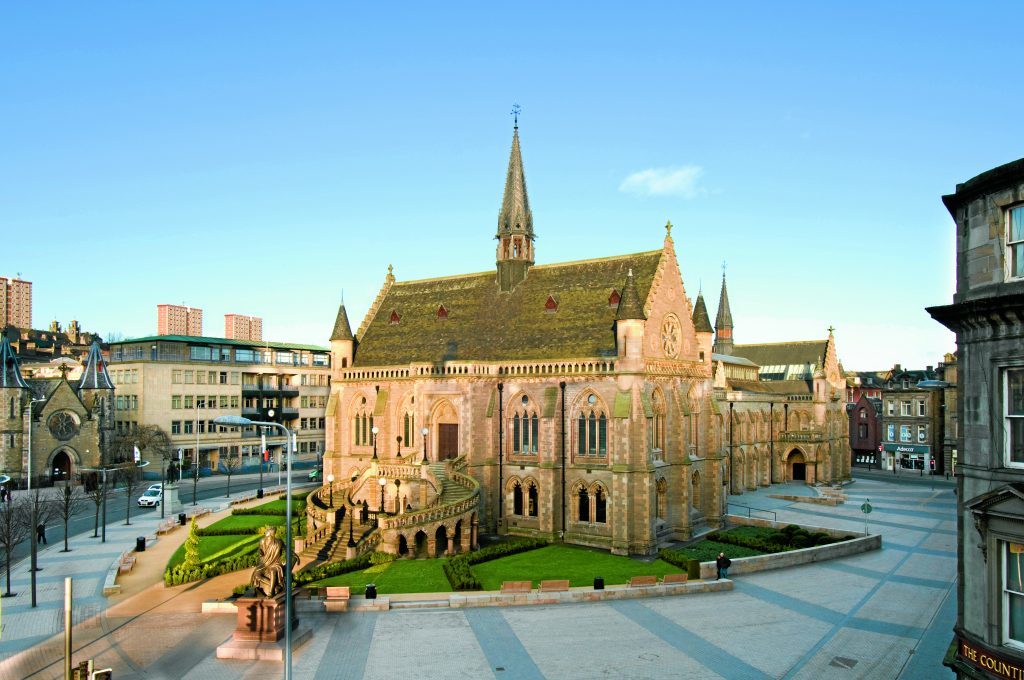
We’ve selected a handful of the most fascinating objects and paintings which have made their way to displays in the building.
Astrolabe
Lopo de Homen, c. 1555
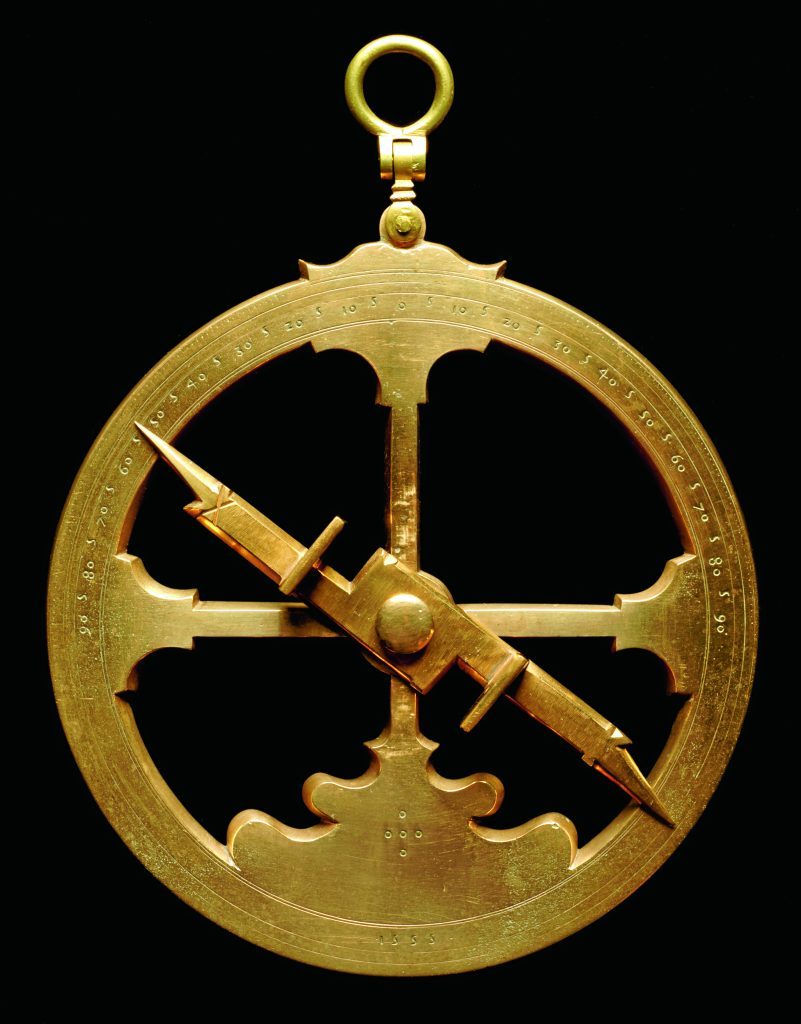
This amazing object, the Dundee Astrolabe, was used by sailors to navigate the high seas. It measured the angle of the sun or a star above the horizon. This is the oldest known one of its type in the world.
Dundee Town Model
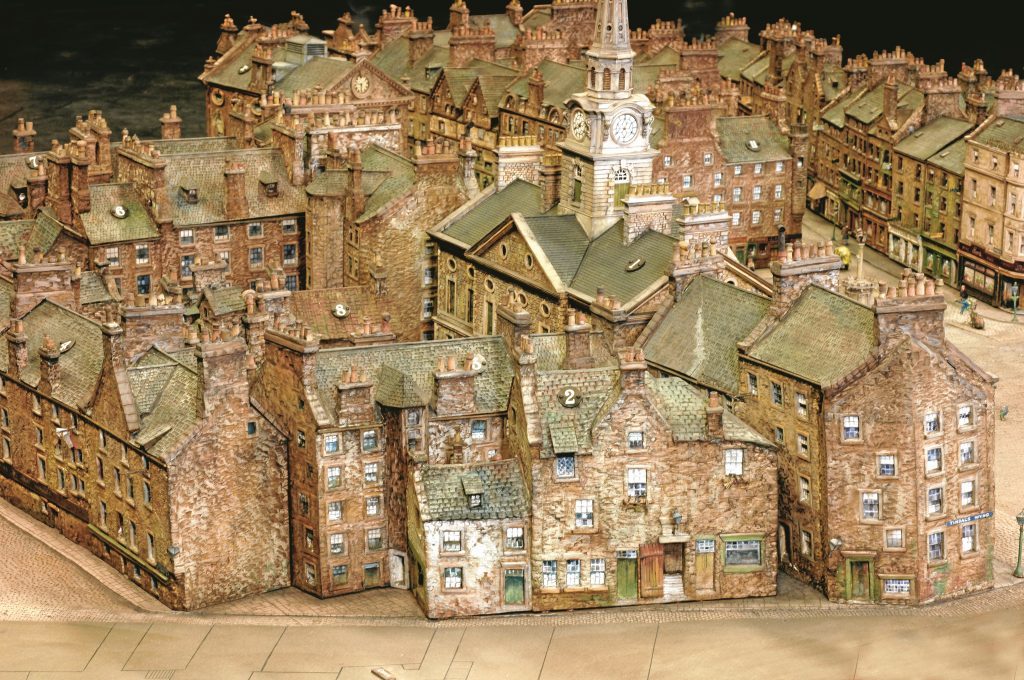
This remarkable model shows in great detail how Dundee city centre would have looked in about 1850. The work was commissioned by the museum in the 1930s and carved by Alexander Fair. It depicts the Vault, old Town House and Overgate.
Neferure
c. 1,500BC
From the Temple of Deir el-Bahri, Thebes, this fragment is the only known relief carving of Princess Neferure, who was the daughter of Tuthmosis II and Queen Hatshepsut – one of the most powerful female pharaohs of Ancient Egypt.
Jacobite Flag
This is one of only two surviving Jacobite flags. It belonged to the Angus regiment under Lord Ogilvy, and was reputedly carried onto Culloden battlefield in 1746. It remained hidden in a Kirriemuir house until being discovered in 1920.
Pictish human skeletal remains
AD 500 -700
These remains were found at Lundin Links and have taught historians a lot about diet and movement during the Pictish era.
Cross of the Order of St John of Jerusalem awarded to Mary Slessor
Scottish missionary Mary Slessor was awarded this in 1913 to mark her work in Nigeria, where she merged her Christian values with local customs.
The Beano
Christmas edition published on December 18, 1943
It’s The Beano. We need say no more!
The Tay Whale
c. 1884
This famous humpback whale skeleton is a symbol of Dundee’s whaling past, and is one of the largest objects in the McManus.
Curing or Demon Mask
19th century Sri Lanka
This arresting wooden mask represents the sickness demon Kola-sanniya and his 18 servants or “yakku”. It was used in ritual curing ceremonies to pacify demons and restore patients to health.
Winkie the heroic pigeon
A Dundee World War II heroine, this doo flew more than 120 miles home to Broughty Ferry after the aircraft she was in ditched in the North Sea. She alerted her owner on February 24, 1942 and ensured the rescue of every crew member. Winkie recieved the Dickin medal, the Victoria Cross for animals.
After Neuve Chapelle
Joseph Gray, 1921
If you’ve never seen this moving painting with your own eyes, you’re missing out. The artist Joseph Gray became known as the “fighter-writer” after moving from work at the Dundee Advertiser to the front line with the Black Watch’s 4th Battalion during World War I. Neuve Chapelle was the first engagement for the battalion. It depicts his fellow soldiers, who are credited in the painting, regrouping following the bloody battle.
Lamp from Dundee Law
200 BC – AD 100
This lamp was found during construction of the war memorial on The Law in December 1923. It has given further evidence of an ironage hillfort, allegedly destroyed by fire, at the Dundee peak.
The Village Ba’ Game
Alexander Carse, 1818
This is said to be the earliest painting of a football match in the world, and is hence of international importance. It depicts a game between the “Uppies” and the “Doonies” in Jedburgh in 1817.
Knocking Stone with links to Sir William Wallace
c. 1288
This knocking stone and attached lid is believed to be linked to the warrior, one of the leaders of the Scottish Wars of Independence. Wallace is said to have been educated in Dundee, but fled after killing the son of the city’s English governor. On his journey from the city he passed through Longforgan and apparently stopped to rest on this stone outside a cottage.
The Holy Family with Saints
Bonifacio Veronese and workshop, c. 1528
Renaissance painter Bonifacio Veronese was active at the same time as Titian, running a workshop in Venice.
Errol 2 Log Boat
c. 485

Carved with iron tools from a single log, this boat has been radio carbon dated to the Pictish period. It was donated to the Albert Institute by Sir William Ogilvy Dalgleish.
